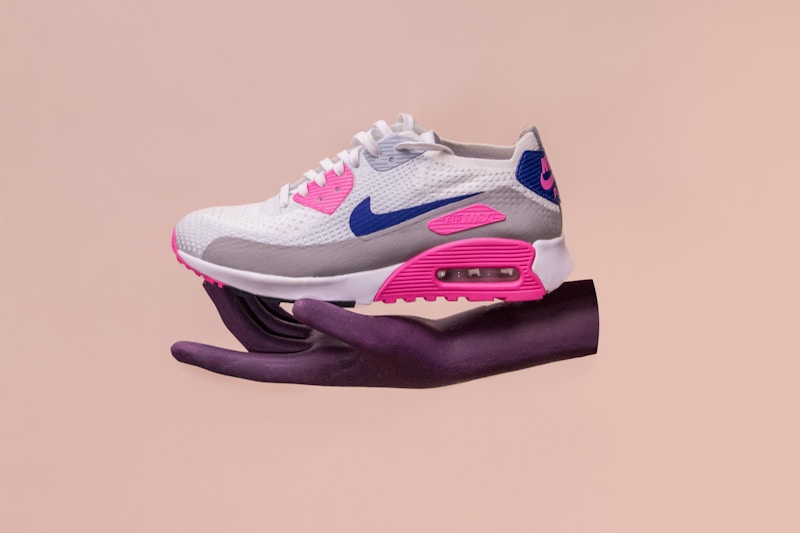Selecting the Right Heel Height for Brides: A Comprehensive Guide
Introduction
For every bride, the big day is filled with excitement and nerves, and one critical decision that influences her overall look and comfort is the selection of the right heel height. With countless options available, it can be overwhelming to choose a bridal shoe that not only complements the wedding dress but also keeps the bride comfortable throughout the event. This article will explore everything you need to know about selecting the perfect heel height for brides, along with useful tips and considerations.
The Importance of Heel Height
Choosing the right heel height is essential for several reasons:
- Comfort: A comfortable heel height can ensure that a bride feels her best, allowing her to enjoy the day fully without discomfort or pain.
- Style: The heel height can significantly impact the overall look, style, and silhouette of the bridal attire.
- Venue: The couple's chosen venue can dictate appropriate heel heights. For example, outdoor weddings or beaches may require flatter shoes.
Common Heel Heights
Bridal shoes come in various heel heights. Let's explore some common options:
| Heel Height | Description | Recommended For |
| Flats (0-1 inch) | No heel, offering maximum comfort. | Beach weddings, casual weddings, or brides who prefer comfort. |
| Low Heels (1-2 inches) | Provides slight elevation, great for stability. | Garden weddings and shorter dresses. |
| Medium Heels (2-4 inches) | Offers a balance between elegance and comfort. | Most traditional ceremonies and venues. |
| High Heels (4-6 inches) | Offers dramatic elevation and elegance. | Formal weddings and brides who are comfortable with high heels. |
Considerations for Selecting Heel Height
When determining the ideal heel height, several factors should be taken into account:
1. Comfort Level
Brides should always prioritize comfort. If a bride is not used to wearing heels, opting for a lower height can be beneficial to prevent discomfort or injury on the wedding day. Consider doing a test walk in prospective heels to gauge how they feel.
2. Wedding Venue
The venue plays a crucial role in heel selection. For example, a wedding held on soft grass or at a beach may not be suitable for high heels. In contrast, elegant ballrooms and indoor settings provide a perfect backdrop for higher heels.
3. Wedding Dress Style
The length of the dress affects heel height choice. Floor-length gowns can be paired with higher heels to create a long, sleek silhouette, while shorter dresses can work well with medium or low heels.
4. Personal Style
Personal style is an essential factor. Brides should choose a heel height that aligns with their fashion preferences. If a bride loves classic, elegant looks, high heels may be the way to go. However, if comfort and practicality are more appealing, she might lean towards a chic pair of flats or low heels.
5. Health Considerations
Some brides may have health concerns, such as prior injuries or conditions that make wearing heels difficult. For such individuals, it’s crucial to select a shoe that caters to their specific needs without compromising style.
Accessorizing with the Right Heel Height
Once the heel height is determined, consider how the shoes will pair with other bridal accessories. The goal is to create a cohesive look that enhances the overall aesthetic:
- Veils: Ensure that the height of the heels does not impede the length or style of the veil.
- Jewelry: Consider how the heels play with the chosen jewelry, especially if they have embellishments that complement the dress.
- Bouquets: The height of the heels can influence how the bride holds her bouquet, impacting her posture throughout the event.
Alternative Options
As high heels are traditionally viewed as the default bridal shoe, numerous alternative options provide comfort and style:
- Wedges: Offering more stability than stilettos, wedges are a stylish option that combines comfort and elegance.
- Block Heels: These provide additional support, ideal for brides who want a little height without sacrificing comfort.
- Stylish Flats: Many designers are creating beautiful bridal flats, decorated with lace or beading, allowing brides to stay comfortable all day without compromising style.
Testing the Shoes
After narrowing down the choices, the next step is to try on the shoes. Here are some testing tips:
- Wear them around the house: This will help gauge comfort and adjust any fitting issues before the wedding day.
- Check for slippage: Ensure the heel stays secure on the foot to prevent accidents.
- Walk on different surfaces: Practice walking on grass, tiles, and carpets to get accustomed to varying terrains.

Conclusion
Selecting the right heel height for brides is a decision that requires careful consideration of comfort, style, venue, and personal preference. Remember, the wedding day is about creating memorable experiences, and comfort can significantly enhance that experience. Prioritize finding a heel height that not only complements your dress but also allows you to enjoy every moment of your beautiful day. Whether you choose a glamorous pair of high heels, chic wedges, or comfortable flats, make sure they align with your unique style and needs!
Recommendations
In conclusion, as you prepare for your wedding day, remember these key points:
- Prioritize comfort: Walking gracefully in shoes you can handle is crucial.
- Match heel height to your wedding's setting: Outdoor venues likely call for lower heels.
- Be true to your style: Your shoes should reflect your personality.
With these tips in mind, you are well on your way to selecting the perfect heel height for your special day!